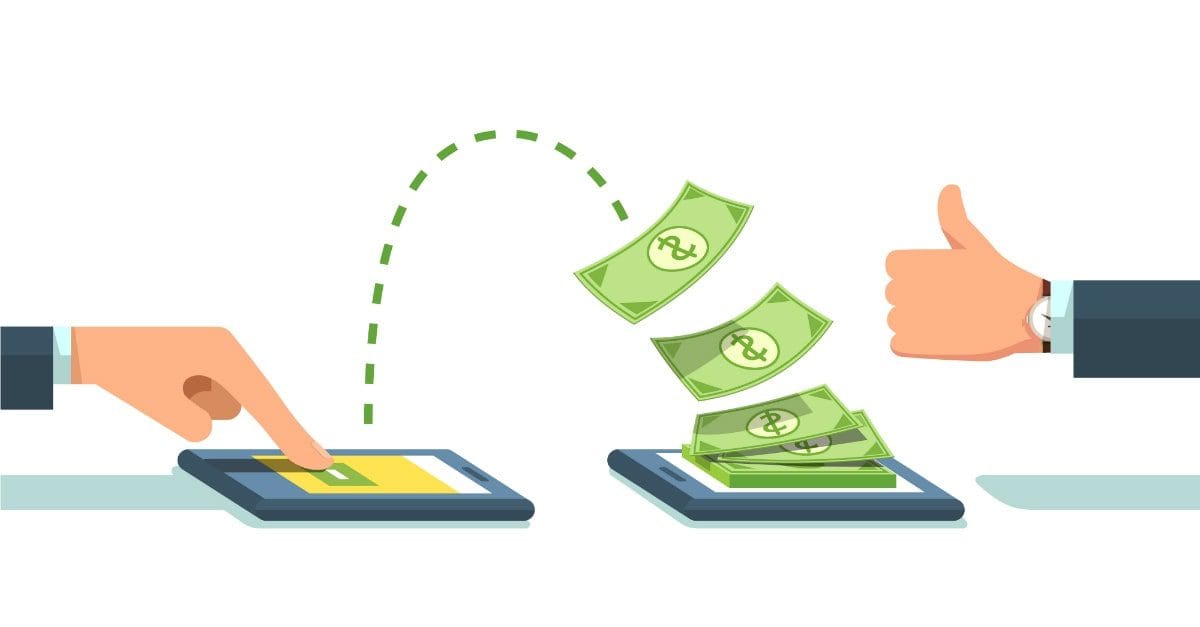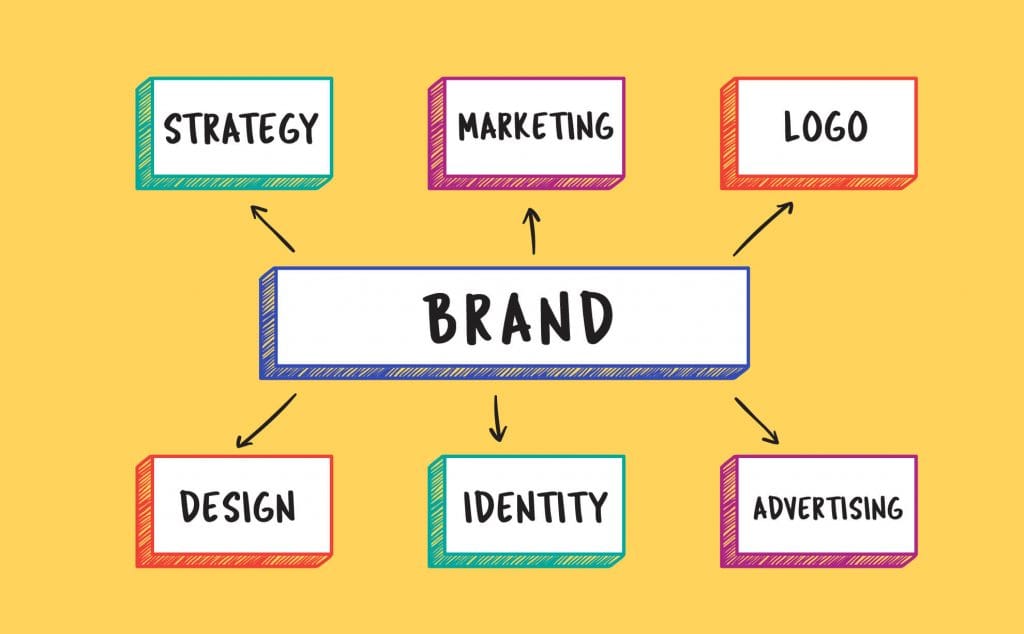
Introduction
Choosing the right revenue model is a crucial decision for any business. Whether you’re launching a new product, offering services, or planning to scale your operations, understanding the differences between one-time payment and recurring revenue models can help you design a pricing strategy that drives growth and stability.
In this post, we’ll explore the advantages and challenges of both models, discuss key factors to consider, and provide actionable insights to help you determine which approach is best suited for your business.

What Are One-Time Payment and Recurring Revenue Models?
One-Time Payment Model
A one-time payment model means that customers pay a single, upfront fee for a product or service. This model is commonly used for:
- Digital products: eBooks, software downloads, or online courses.
- Project-based services: Website design, branding, or custom development.
- Physical products: Consumer goods purchased at retail.
Key Benefits:
- Immediate Cash Flow: You receive a lump sum upon purchase.
- Simple Transaction: Customers know exactly what they’re paying for.
- Less Complexity: No need for subscription management or recurring billing.
Recurring Revenue Model
A recurring revenue model, on the other hand, involves customers paying a fee at regular intervals (monthly, quarterly, or annually) for continued access to a product or service. This approach is widely used by:
- Subscription services: Software-as-a-Service (SaaS), streaming platforms, or membership sites.
- Maintenance and support contracts: Website maintenance or ongoing consulting.
- Digital marketing and SEO services: Retainer agreements that deliver continuous results.
Key Benefits:
- Predictable Revenue: Steady income helps with budgeting and planning.
- Long-Term Relationships: Builds ongoing customer engagement and loyalty.
- Opportunities for Upselling: Regular interactions allow you to introduce additional products or premium features.
Pros and Cons: One-Time Payment vs. Recurring Revenue
Pros and Cons of One-Time Payment
Pros:
- Immediate Revenue Boost: Great for covering upfront costs or funding new initiatives.
- Lower Customer Commitment: Ideal for customers who prefer a one-off investment.
- Simplified Sales Cycle: Easier to market and close a sale without the need for ongoing negotiations.
Cons:
- Revenue Volatility: Income may fluctuate if sales are inconsistent.
- Limited Customer Lifetime Value (CLTV): Once the transaction is complete, additional revenue depends on repeat purchases or upsells.
- Less Opportunity for Relationship Building: Minimal ongoing engagement with customers after the sale.
Pros and Cons of Recurring Revenue
Pros:
- Steady Income Stream: Provides financial stability and predictability.
- Enhanced Customer Relationships: Regular touchpoints allow for ongoing support and upselling opportunities.
- Scalability: Easier to forecast revenue growth and expand services over time.
Cons:
- Longer Sales Cycle: Convincing customers to commit to a recurring fee can be challenging.
- Complexity in Billing and Management: Requires systems for subscription management and customer retention.
- Customer Churn Risk: Ongoing relationships mean you need to continuously provide value to avoid cancellations.
Factors to Consider When Choosing Your Revenue Model
1. Nature of Your Product or Service:
Consider whether your offering is a one-off purchase or if it benefits from continuous improvement and updates. For example, software often lends itself well to a recurring revenue model, while a unique digital product might be better suited for one-time payments.
2. Customer Preferences:
Analyze your target market’s buying behavior. Do your customers prefer a simple, single payment, or are they open to subscription-based models that provide ongoing value?
3. Revenue Goals and Cash Flow Needs:
If you need an immediate cash influx to fuel growth, one-time payments might be advantageous. Conversely, if you’re looking to build long-term financial stability, recurring revenue provides a more predictable income stream.
4. Operational Considerations:
Assess your business’s capacity to manage recurring billing and customer support. Recurring revenue models typically require robust systems to manage subscriptions, while one-time payment models are simpler to administer.
5. Market Competition:
Review how competitors structure their pricing. Sometimes, adopting a recurring revenue model can differentiate your offering by emphasizing ongoing support and continuous improvement.
Making the Right Choice for Your Business
Deciding between one-time payment and recurring revenue models isn’t a one-size-fits-all decision. Many successful businesses adopt a hybrid approach—offering one-time purchases for core products alongside recurring revenue options for added services, maintenance, or premium features.
For instance, you might sell a digital product as a one-time purchase and then offer a subscription for ongoing updates, exclusive content, or technical support. This hybrid model can maximize revenue while nurturing long-term customer relationships.
Best Practices for Implementation
- Conduct Market Research: Use surveys, focus groups, and data analytics to understand your customers’ pricing preferences and pain points.
- Test Different Models: Consider A/B testing different pricing structures to see which model resonates better with your audience.
- Leverage Technology: Invest in subscription management software and automated billing systems to streamline recurring revenue processes.
- Focus on Customer Value: Regardless of the model, continuously demonstrate value to encourage customer satisfaction and retention.
For additional guidance on pricing strategies and business models, explore our Our Pricing Strategy Guide and Revenue Optimization Tips.
Conclusion
Choosing between a one-time payment model and a recurring revenue model depends on multiple factors, including your product type, customer behavior, and business goals. Each model has its unique advantages and challenges, and the right choice may even be a blend of both.
By carefully analyzing your needs and testing different approaches, you can design a revenue strategy that maximizes cash flow, enhances customer relationships, and sets your business on the path to sustainable growth.
Ready to refine your revenue model? Contact Us for Pricing Consultation to start optimizing your business model today.





